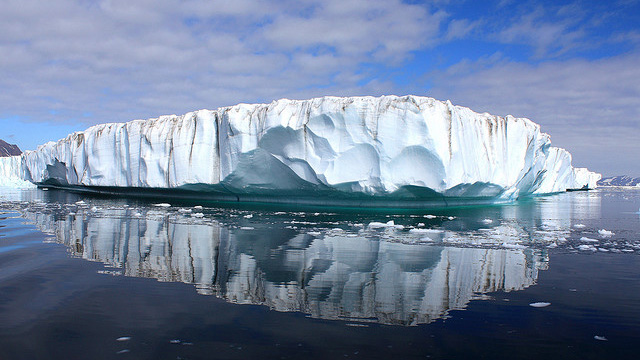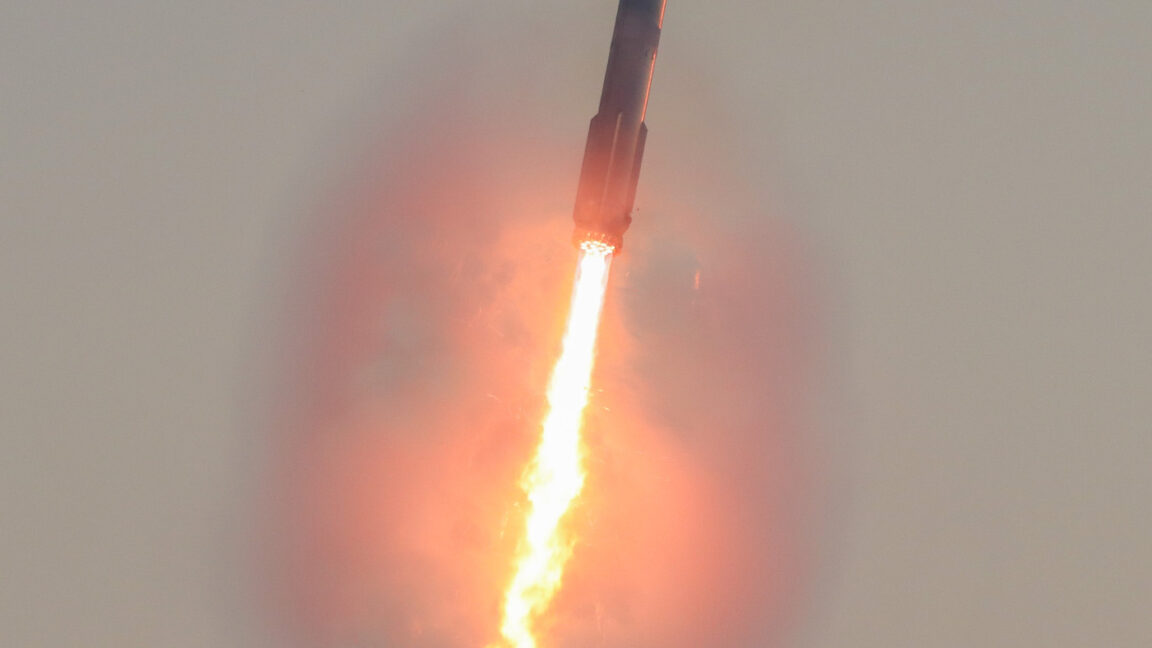A new large-scale study of crevasses on the Greenland Ice Sheet shows that those cracks are widening faster as the climate warms, which is likely to speed ice loss and global sea level rise.
Crevasses are wedge-shaped fractures and cracks that open in glaciers where the ice begins to flow faster. They can grow to more than 300 feet wide, thousands of feet long, and hundreds of feet deep. Water from melting snow on the surface can flow through crevasses all the way to the base of the ice, joining with other hidden streams to form a vast drainage system that affects how fast glaciers and ice sheets flow.
The study found that crevasses are expanding more quickly than previously detected, and somewhere between 50 and 90 percent of the water flowing through the Greenland Ice Sheet goes through crevasses, which can warm deeply submerged portions of the glacier and increase lubrication between the base of the ice sheet and the bedrock it flows over. Both those mechanisms can accelerate the flow of the ice itself, said Thomas Chudley, a glaciologist at Durham University in the United Kingdom, who is lead author of the new study.
“Understanding crevasses is a key to understanding how this discharge will evolve in the 21st century and beyond,” he said.
Greenland ice researchers expect that more crevasses will form in a warming world because “glaciers are accelerating in response to warmer ocean temperatures, and because meltwater filling crevasses can force fractures deeper into the ice,” he said. “However, until now we haven’t had the data to show where and how fast this is happening across the entirety of the Greenland Ice Sheet.”
Using three-dimensional images of the crevasses enabled the researchers to get the most accurate estimate of their total volume to date. The results show that crevasses grew significantly wider between 2016 and 2021.
“And they grow pretty much in lockstep with increased discharge” of icebergs and meltwater into the ocean, Chudley said. “That makes sense, right? Because the glaciers are speeding up because of influence from the warming ocean. As they speed up, they flow faster.”
Ice at the surface of glaciers generally flows faster than at their bases, which are slowed by friction with the surface they travel on. The difference in speeds cause the fissures, he explained.
The research highlights a new feedback that accelerates changes in ice sheets and the loss of mass from glaciers through iceberg discharges, said Xavier Fettweis, a professor of climatology at the University of Liège, who was not part of the new study.
“It’s difficult to evaluate the importance of this positive feedback,” he said, “but it is something which is currently underestimated in the ice sheet models used for performing future projections.”
Calculating the total annual discharge of ice from Greenland also requires considering how a variety of complex interactions play out, he said.
For example, models show there will be less direct discharges of icebergs into the ocean as glaciers retreat from the coast. That would slow the contribution of melting icebergs to sea level rise, he said.
But that same retreat also steepens the edge of the ice sheet, both when sloped tongues of floating ice recede onto land from the sea, and when increased melting and calving of icebergs at the low leading edge undercuts the rest of the ice.
That stress widens and deepens the crevasses that Chudley studied—a feedback cycle that could speed the disintegration of the Greenland Ice Sheet.


